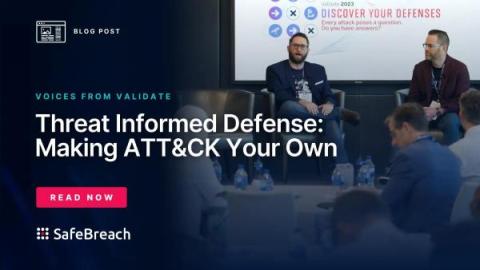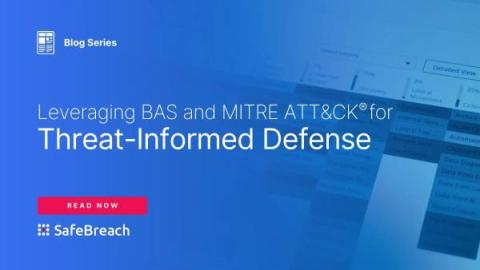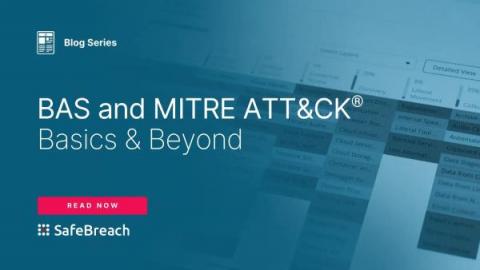NoEscape Ransomware, AvosLocker Ransomware, Retch Ransomware, S-H-O Ransomware and More: Hacker's Playbook Threat Coverage Round-up: October 31st, 2023
In this version of the Hacker’s Playbook Threat Coverage round-up, we are highlighting newly added coverage for several recently discovered or analyzed ransomware and malware variants, including NoEscape ransomware, AvosLocker ransomware, and Retch ransomware, amongst others. SafeBreach customers can select and run these attacks and more from the SafeBreach Hacker’s Playbook™ to ensure coverage against these advanced threats.











